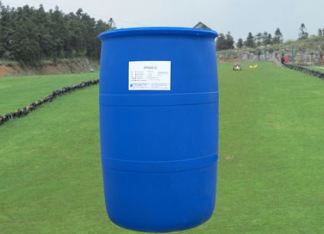The common surfactants are coupling agents, higher fatty acids and their salts, unsaturated organic acids and organosilicon. Coupling agent is a common mineral surfactant.
Crystal agglomeration refers to the phenomenon that crystal changes from loose state to lump. Agglomeration makes the fluidity of crystal particles worse, which directly affects the performance of products. Adding a small amount of surfactant to the solution during the crystallization of the product can effectively prevent the agglomeration of the product.

In general, biosurfactants have excellent performance in pollution control, due to the production conditions of biosurfactants such as temperature and pressure; Due to the strict requirements, the product extraction is difficult, and the separation and extraction of tile products and the purification process of crude products are complex. Therefore, the production scale of biosurfactant fermentation in China is small and the product price is high. Considering the cost and other factors, biosurfactant is not widely used in the field of soil remediation.
The use of biosurfactants will have certain toxicity and impact on the indigenous microbial populations living in them. In addition, because they can be degraded by microorganisms, their metabolites may be more toxic. Therefore, the existence of biosurfactants may cause certain environmental pollution and increase the burden of environmental pollution. It can be seen that strengthening the research on the potential impact of biosurfactants on the environment and their biodegradation characteristics will provide an important scientific basis for the effective control of environmental pollution caused by biosurfactants and the rational use of biosurfactants. In order to ensure the safety of biosurfactant, comprehensive biosurfactant toxicity and environmental hazard experiments must be carried out during the field surfactant solubilization and remediation.